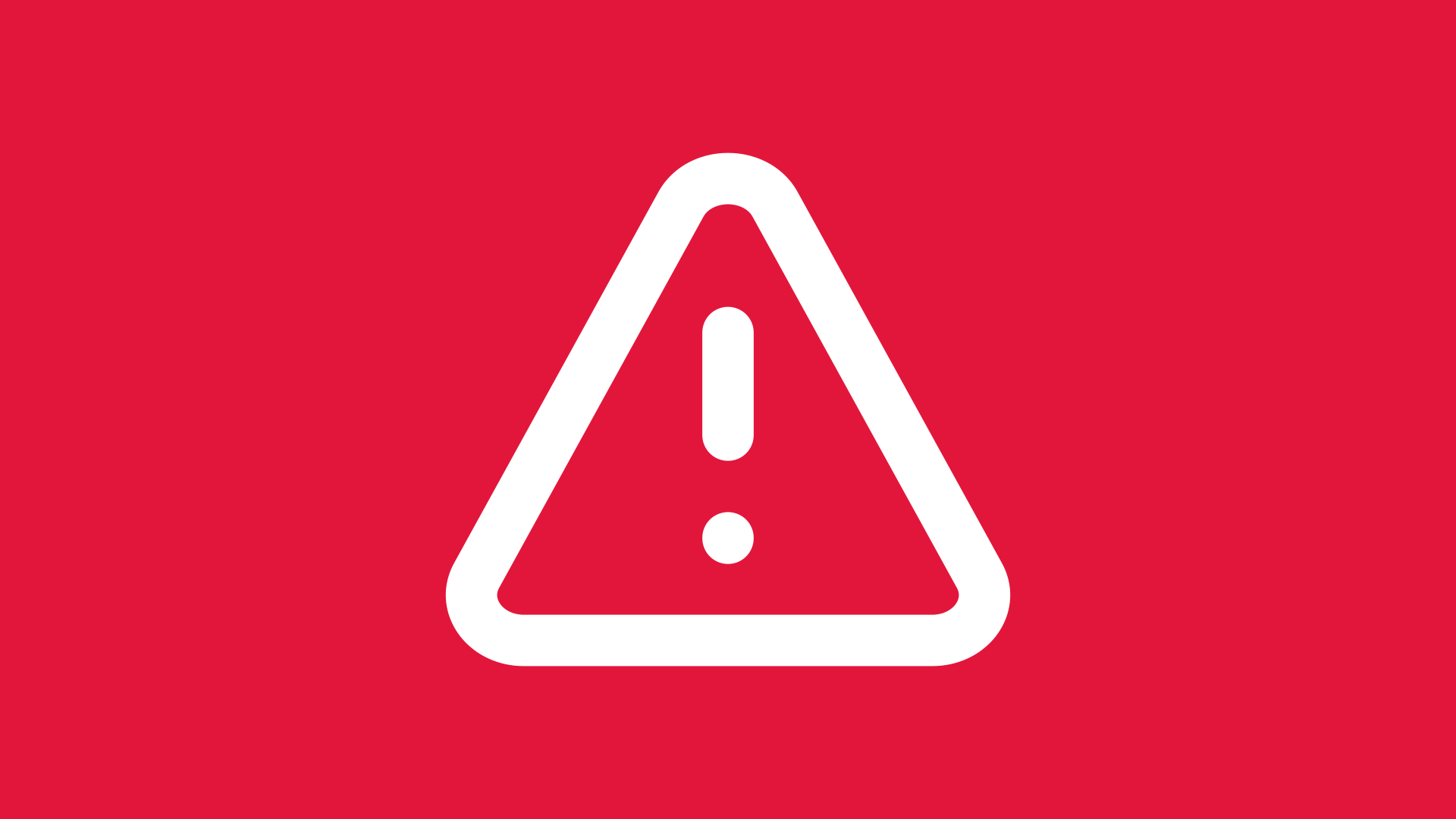And how to avoid them.
Pay-per-click (PPC) advertising remains a powerful tool for driving targeted traffic and achieving a high return on investment (ROI).
Yet, even experienced marketers can fall into common traps that can undermine its effectiveness, leading to less-than-stellar results.
But these traps are pretty easy to avoid. Here are the ten most common mistakes I often see when auditing PPC campaigns, and what you can do to avoid them.
By sidestepping these pitfalls, you can optimise your campaigns and ensure you’re getting the best results possible.
Let’s get into this.
1. Ignoring Negative Keywords
Why It’s a Mistake: Negative keywords prevent your ads from appearing for irrelevant search queries. Ignoring them means you might be paying for clicks that have no chance of converting.
How to Avoid It: This is a common mistake that can be avoided by regularly reviewing your search term reports.
Doing so will identify irrelevant queries which you can add to your negative keyword list.
Use broad match negatives carefully to avoid excluding too much relevant traffic. Personally, I opt to use “phrase match” when adding negative keywords.
Not a glamorous solution. You’ll need to regularly set time aside to review. But it’s worth it to ensure the people clicking on your ads are the right people. Quite important, that.
Pro Tip: Use negative keyword lists across multiple campaigns to streamline management and ensure consistency.
2. Overlooking Ad Extensions
Why It’s a Mistake: Ad extensions enhance the quality of your ads by providing additional information and options for users. Benefits include improved visibility and click-through rate (CTR).
How to Avoid It: Incorporate various ad extensions like sitelinks, callouts, and structured snippets. Whatever you think will work best to enhance your ads.
But here’s the trick with Ad Extensions: Don’t just set them up and leave them forever.
Evaluate their performance regularly and update them to align with your campaign goals and audience needs. Treat your extensions like you would treat a well or poorly-performing ad creative.
Pro Tip: Don’t be afraid to get a little experimental! Test different extensions to find out which combination yields the highest CTR and conversion rates.
3. Failing to Use Conversion Tracking
Why It’s a Mistake: Without conversion tracking, you can’t measure the effectiveness of your ads or determine your ROI accurately.
How to Avoid It: It’s incredible that this is still a thing that needs to be said.
If you are not using conversion tracking, you are literally wasting your time, and money.
Set up conversion tracking for every action that contributes to your campaign goals, such as form submissions, purchases, or downloads.
Use tools like Google Tag Manager (GTM) to simplify the implementation process. One simple code install using GTM, and you won’t have to bug your developer every time you need to add in new tracking.
Pro Tip: Regularly audit your tracking setup to ensure it captures all relevant conversions and that data discrepancies are minimised.
At Digital Gearbox, we perform daily checks to ensure our tracking is in place and working properly. You should too.
4. Poorly Designed Landing Pages
Why It’s a Mistake: Sending traffic to poorly designed landing pages can result in high bounce rates and low conversion rates, wasting your PPC budget. No one wants that.
How to Avoid It: Ensure your landing pages are relevant to the ad content, load quickly, and offer a clear call-to-action (CTA).
The easiest way to ensure relevancy is to create ads using landing page copy (assuming it’s good).
The landing page is often where a PPC campaign will fail. Before you even consider launching a campaign you need to have a solid landing page. This can be difficult, particularly for new businesses, but there are proven frameworks out there that you can use.
Pro Tip: Continuously iterate on your landing page design and content based on user behaviour and feedback to enhance performance. Analytics data is your friend here.
5. Not Using Remarketing
Why It’s a Mistake: People won’t buy from you straight away. Sorry, that’s the harsh reality of our uber-competitive global marketplace. Remarketing (some people call it Retargeting) allows you to stay in front of your prospects during the critical consideration phase.
How to Avoid It: Install the Remarketing tag straight away (you can use GTM as mentioned in point 3).
From there use audience targeting features to tailor your ads to different user groups based on past interactions with your brand. You can also create targeting based on demographics and interests.
Adjust bids and ad content accordingly for each segment. Personally, I always bid up on Remarketing. A good example would be to focus spend on re-aquiring people who have added something to their basket, but not checked out.
Pro Tip: Remarketing can also be used for people who have converted. What’s better than someone who has bought once? Someone who buys repeatedly.
6. Setting and Forgetting Bids
Why It’s a Mistake: Static bidding can lead to overspending or missing out on valuable traffic if you’re not adjusting to market conditions and performance data.
How to Avoid It: One for advertisers who continue to insist on a “hands-on” approach (it can still be useful!).
Once again the fix isn’t glamorous, it just requires time and dedication. Regularly review and adjust manual bids based on performance data and market changes. At Digital Gearbox we review bids for at least 30 minutes every day (depending on the levels of spend)
If you’ve been running campaigns for a while and haven’t done so already it might be time to consider implementing automated bidding strategies that align with your goals, such as target cost per acquisition (CPA) or return on ad spend (ROAS).
Pro Tip: Use bid modifiers to adjust bids for specific conditions like device type, location, or time of day to take your optimisation to the next level.
7. Focusing Solely on Click Through Rate (CTR)
Why It’s a Mistake: A high CTR doesn’t necessarily lead to high conversions or ROI. Focusing only on CTR can lead to attracting irrelevant traffic that won’t convert and waste your budget.
How to Avoid It: Personally, I pay far more attention to conversion metrics as leads/sales are more often than not the goal of the campaign, but that’s not to say CTR isn’t an important factor when it comes to campaign performance.
The solution is to balance your focus between CTR and conversion metrics. Analyse the quality of the traffic generated by high CTR ads and refine your targeting and messaging to attract more qualified leads.
Pro Tip: Use Google Analytics to track post-click engagement metrics and determine the actual value of traffic from different ad variations.
8. Ignoring Mobile Optimisation
Why It’s a Mistake: In a mobile-first market, ignoring mobile optimisation will often result in a poor user experience and lost conversions.
How to Avoid It: Ensure your ads and landing pages are mobile-friendly, with fast loading times and responsive design. Use mobile-specific ad formats and adjust bids for mobile traffic if necessary.
While mobile optimisation is crucial for every business, it might be worth looking into Analytics before committing to making major changes.
From our experience at Digital Gearbox, the vast majority of our leads come from desktop following an initial browse on a mobile device.
Pro Tip: Simplify the mobile experience. Reduce the amount of text where possible and without losing the quality of your messaging. A good copywriter is key here.
9. Underestimating the Importance of Quality Score
Why It’s a Mistake: Quality Score affects your ad rankings and cost per click (CPC). A low quality score means you’ll pay more for lower ad positions.
How to Avoid It: Focus on improving ad relevance, expected CTR and landing page experience to boost your Quality Score. Regularly optimise your ad copy and landing pages based on available performance data.
If you’ve already implemented my earlier recommendations this shouldn’t be an issue.
Pro Tip: Use A/B (or A/B/C, even) testing for ad copy to identify and implement changes that positively impact your Quality Score.
10. Neglecting Competitive Analysis
Why It’s a Mistake: Failing to analyse your competitors’ PPC strategies can leave you behind in the bidding game and miss out on opportunities to optimise your own campaigns.
How to Avoid It: Use tools like SEMrush to monitor competitor keywords, ad copy, and bidding strategies. Identify gaps and opportunities in their approach that you can leverage.
Don’t be afraid to search for the keywords you’re using to see who pops up. Just don’t click on your ads, and don’t be alarmed if your ad isn’t showing.
Use the Auction Insights report to learn more about who you are competing against, and how you are performing against them.
Pro Tip: Regularly review and update your competitive analysis to keep your strategies relevant and responsive to market changes.
Final Thoughts
If it wasn’t clear already a successful PPC campaign requires vigilance, strategic thinking, and continuous optimisation.
By being proactive and regularly reviewing the data your campaigns have generated, you can improve performance and achieve better results.
Remember, the goal is not just to avoid pitfalls but to consistently fine-tune your approach to stay ahead of the competition.
TL:DR:
- Regularly update and manage negative keywords.
- Use ad extensions to enhance visibility and CTR.
- Implement and audit conversion tracking.
- Optimise landing pages for relevance and performance.
- Use Remarketing.
- Dynamically adjust bids to keep up with changing market conditions.
- Balance CTR focus with conversion metrics.
- Optimise for mobile.
- Improve Quality Score by enhancing ad relevance and user experience.
- Conduct competitive analysis to stay one step ahead of your competitors.









